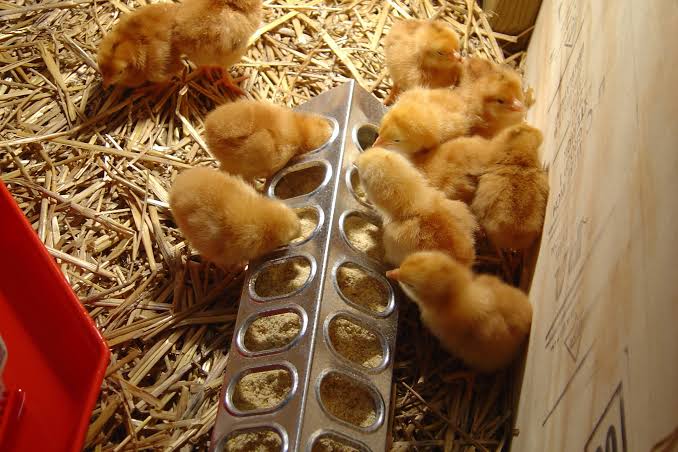How to grow your rabbit farm fast and profitably

Rabbit farming is quickly gaining popularity as one of the most profitable and sustainable agribusiness ventures in Kenya and beyond. With low start-up costs, fast reproduction rates and high demand for rabbit meat and fur, a well-managed rabbitry can grow rapidly within a year.
Whether you are a beginner or already keeping a few rabbits, learning how to scale your farm efficiently can make all the difference.
Start with the right breed
The foundation of a successful rabbit farm begins with choosing the right breed. Not all rabbits grow at the same pace or produce the same results. Fast-growing, high-producing breeds such as New Zealand White and Californian rabbits are ideal for commercial farming. These breeds mature quickly, have excellent meat-to-bone ratios, and are known for their consistent breeding performance.
Starting with two or three does (female rabbits) and one buck (male rabbit) is a smart way to begin. This small base allows you to learn proper management practices without being overwhelmed. As you gain experience and confidence, your rabbit population will expand naturally through breeding.
Understand the breeding power of rabbits
Rabbits are among the most prolific breeders in the animal kingdom. A single doe can give birth to six to eight kits per litter and can reproduce up to six times a year. This means one healthy doe can produce between 36 and 48 kits annually under good management.
If you start with two does, you can expect a minimum of 72 young rabbits in your first year. With such fast reproduction, rabbit farming offers exponential growth potential when handled strategically. However, success depends on your ability to maintain good health, nutrition and housing conditions for your animals.
Do the math and plan ahead
Rabbit farming is as much about planning as it is about feeding and breeding. You need to map out your expansion goals from the start. With two breeding does producing 72 kits in the first year, imagine keeping half of the females born for future breeding. In about four to five months, these young does will reach maturity and start breeding too.
By repeating this cycle, your rabbit numbers can rise sharply. Within a year, it’s realistic to reach **200 or more rabbits** if you manage breeding intervals, nutrition and health care effectively. The key is to balance between keeping enough breeders for expansion and selling others to generate income and manage space.
Proper housing and clean environment
Clean, comfortable housing is vital to a thriving rabbit farm. Rabbits are sensitive animals that require dry, well-ventilated, and predator-proof housing. Whether you use wire cages, hutches or concrete pens, ensure that their living spaces are spacious enough to allow movement and prevent overcrowding.
A clean environment helps reduce disease spread, keeps your rabbits stress-free, and promotes faster growth. Always remove waste, provide dry bedding, and ensure constant access to clean water. A well-maintained rabbitry creates a healthy atmosphere for breeding and reduces mortality rates significantly.
Feed them well for faster growth
Diet plays a crucial role in how fast your rabbits grow and reproduce. Feed them a balanced diet consisting of commercial pellets, hay, green vegetables and plenty of clean water. Pellets are especially beneficial because they are formulated with essential nutrients that promote growth and reproductive health.
Supplement their diet with fresh greens like kale, spinach, or carrot leaves, but avoid feeding wet or moldy vegetables. Consistent feeding at regular intervals ensures optimal weight gain and stronger litters. Rabbits fed properly reach market weight faster, meaning you can sell sooner and reinvest in your farm’s growth.
Keep Records and manage breeding
Record-keeping is a simple yet powerful management tool. Keeping track of breeding dates, litter sizes, and growth performance helps you make informed decisions. You’ll know which does are the most productive and which ones to replace.
With accurate records, you can plan breeding schedules and avoid overbreeding, which can weaken the animals. It also helps track when rabbits are due for weaning, vaccination or sale. A well-managed record system saves time and increases efficiency as your farm expands.
Monitor health and prevent diseases
Like all livestock, rabbits are prone to illnesses such as coccidiosis, snuffles and ear mites. Preventing disease is easier and cheaper than treating it. Always observe your rabbits daily for signs of illness, including reduced appetite, diarrhea or discharge from the eyes and nose.
Ensure that new rabbits are quarantined before mixing with the rest. Regular cleaning, proper ventilation, and providing clean drinking water are effective preventive measures. If you notice any health issues, consult a veterinarian early before the infection spreads.
Sell smart and reinvest Wisely
Once your rabbit population begins to grow, selling becomes part of the cycle. Focus on selling extra males and market-ready rabbits while keeping productive females for breeding. Look for consistent buyers such as restaurants, local markets or individual consumers who value quality rabbit meat.
Reinvest your profits into better cages, feeds, and breeding stock. Smart reinvestment allows your rabbit farm to grow steadily without financial strain.
Growing your rabbit farm fast is achievable with patience, consistency and good management. Start with the right breed, feed them well, maintain hygiene and plan your breeding cycles wisely. With dedication and smart reinvestment, your rabbitry can expand from a few rabbits to hundreds within a year making rabbit farming a profitable and rewarding venture for anyone willing to put in the effort.









